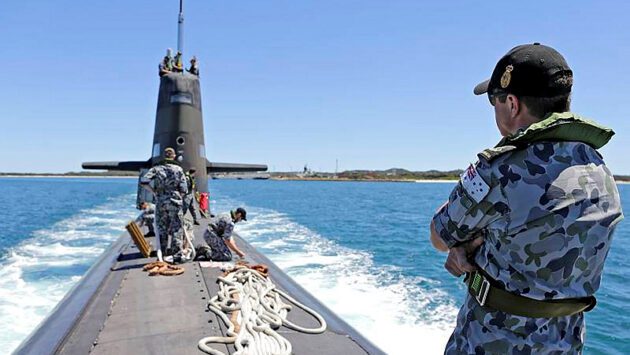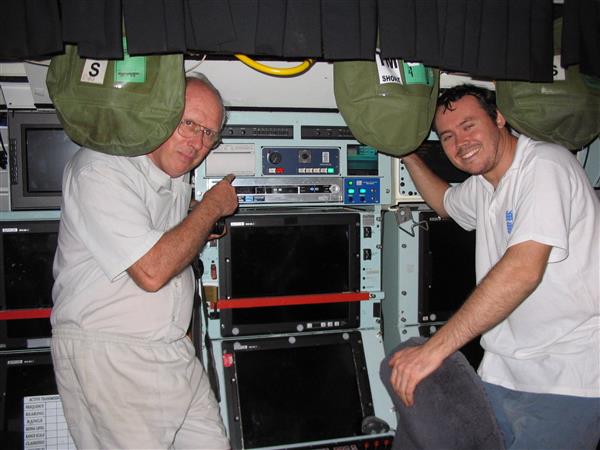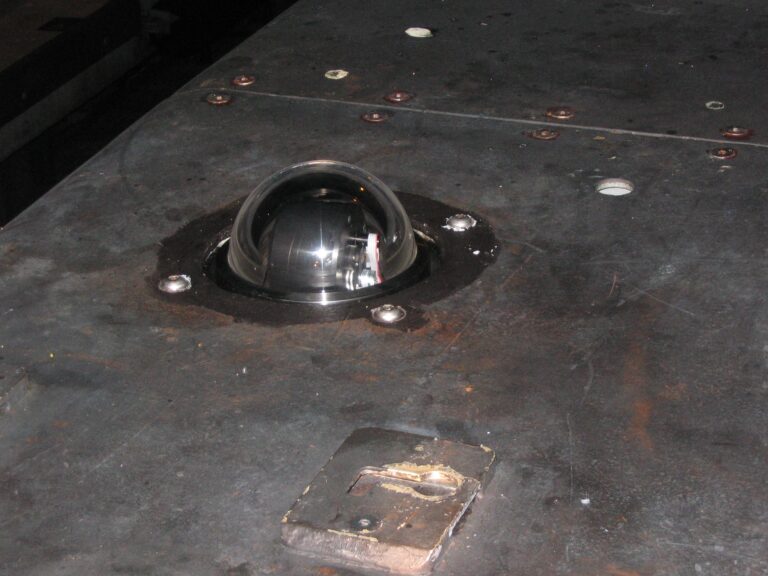We service what we sell
RON II Camera System for COLLINS Class Submarine
BlueZone Group has been a supplier to the COLLINS Class submarine project from the original construction when SOURIAU through-hull perpetrators were specified. Many critical applications, included the connectivity of electrical and fibre-optic systems through the submarine’s hull.
When the submarine entered the service, there was a need identified for specialised camera systems to support operations. BlueZone designed, sourced and supplied equipment for the RON II Camera System and the Special Forces Camera Control System for the COLLINS fleet.

FCI Jupiter Souriau
The focus of SOURIAU is regarding the supply of connection technologies for severe environments, that have a presence in the world’s major aerospace/defence programs. SOURIAU has completed successive acquisitions of the industrial, aeronautics, defence, and space activities of SOURIAU, JUPITER and BURNDY.
M Series connectors are rugged screw coupling connectors in high corrosion resistant nickel aluminium bronze alloy shells. The design provides very high reliability, with dry mate sealing to 2,000 meters. M Series connectors are approved by VERITAS and LLOYD’S Register of shipping. SOURIAU products are specified in demanding applications, including the COLLINS Class submarines maintained by ASC Pty Ltd and operated by the Royal Australian Navy
RON || Camera System for COLLINS Class Submarine
Designed by BlueZone Group for the Royal Australian Navy, COLLINS Class submarines and the RON II Camera System provides video from a Kongsberg OE14-112 Camera, which is fitted externally to the submarine pressure hull. The camera features zoom capability (both optical and digital), plus remote focus in conjunction with the rotate and tilt functions. The design enables flexible external viewing of the COLLINS submarine mast, periscope, and general operations.
Seven systems in total were manufactured with the colour camera mounted onto the fin of each submarine, along with a monitoring and control unit installed in the bridge. This allowed control of the pan & tilt functionality, together with local viewing and recording images. External outputs were also made available for the routing of the videos and images to other internal submarine locations, such as the sailors’ mess and the Commanding Officer’s quarters.
The complete system design includes a camera mounting bracket, underwater junction box, underwater connectors, and rack-mounted equipment. Materials for components in contact with seawater were selected to minimise the risk of dissimilar metal corrosion. Through-hull penetrations were Souriau-type, which are the standard connectors used with Collins Class wiring. Space constraints in the submarine control room required carefully designed engineering, to ensure that the installation envelope was not exceeded for the operation or maintenance of the rack-mounted equipment.
BlueZone Group repairs and maintains Kongsberg cameras for many customers and is experienced in the repair of the cameras at a component level. This experience supports the design and manufacture of system applications, including all types of Kongsberg cameras, which are combined with BlueZone Group’s software and hardware elements.



Special Forces Camera Control System for COLLINS Class Submarine
The ASC, which is Australia’s national submarine builder and maintainer are responsible for the six Collins Class submarines. Working closely with the BlueZone Group, a custom solution was designed for monitoring Special Forces personnel when deployed from the submarine was developed.
The system applied included several cameras mounted to the outside of the submarine, in addition, to the control console mounted in the submarine’s control room. Stringent conditions for mounting all the outboard components were required to be maintained to the submarine’s engineering standards. Restricted mounting options for the control console in the control room called for an innovative approach to the console design and installation arrangement. The Camera Control System was successfully installed and supported in submarines operated by the Royal Australian Navy.
